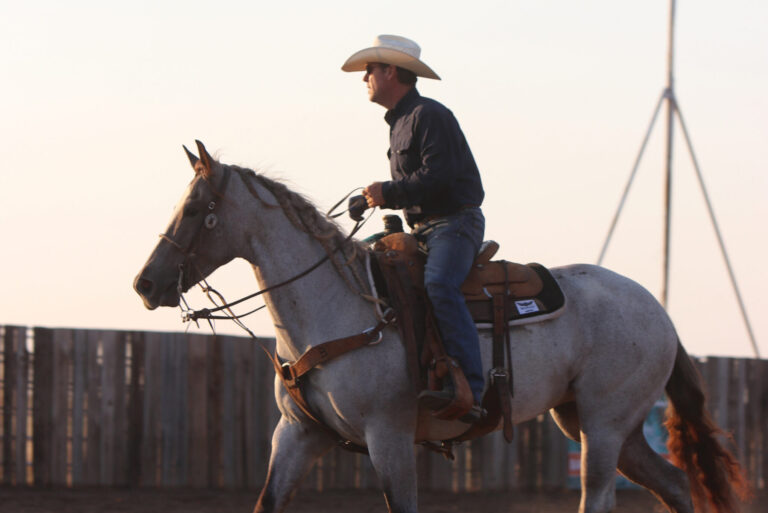Does a smaller head horse with quicker strides aid your delivery? Do you need a stout head horse for pulling power? Did you know your horse’s stride affects your swing and your heeler’s timing? Read on for insights from the winningest headers of all time.
Hall-of-Famer Jimmy Rodriguez, 80, headed at 19 NFRs and won four NFR average titles and four gold buckles.
Little horses can break quicker and get out of the box quicker, as long as they can handle the weight of the steer. The year I won the world with Ken Luman, I was riding a horse that stood about 14.3 hands and didn’t even weigh 1,200 pounds—he was about 1,175 pounds. But he was stout by the saddle horn. If small horses score as excellent as he did, you can get up and rope a little quicker on them.
My preference is a short-coupled horse about 14.3 hands that will weigh 1,250 and can handle the weight on the saddle horn. Today, bigger horses are a little more athletic. That horse Trevor [Brazile] sold Jake Cooper is bigger and he’s an outstanding horse. Is your horse strong enough to pull up the wall and face right through himself?
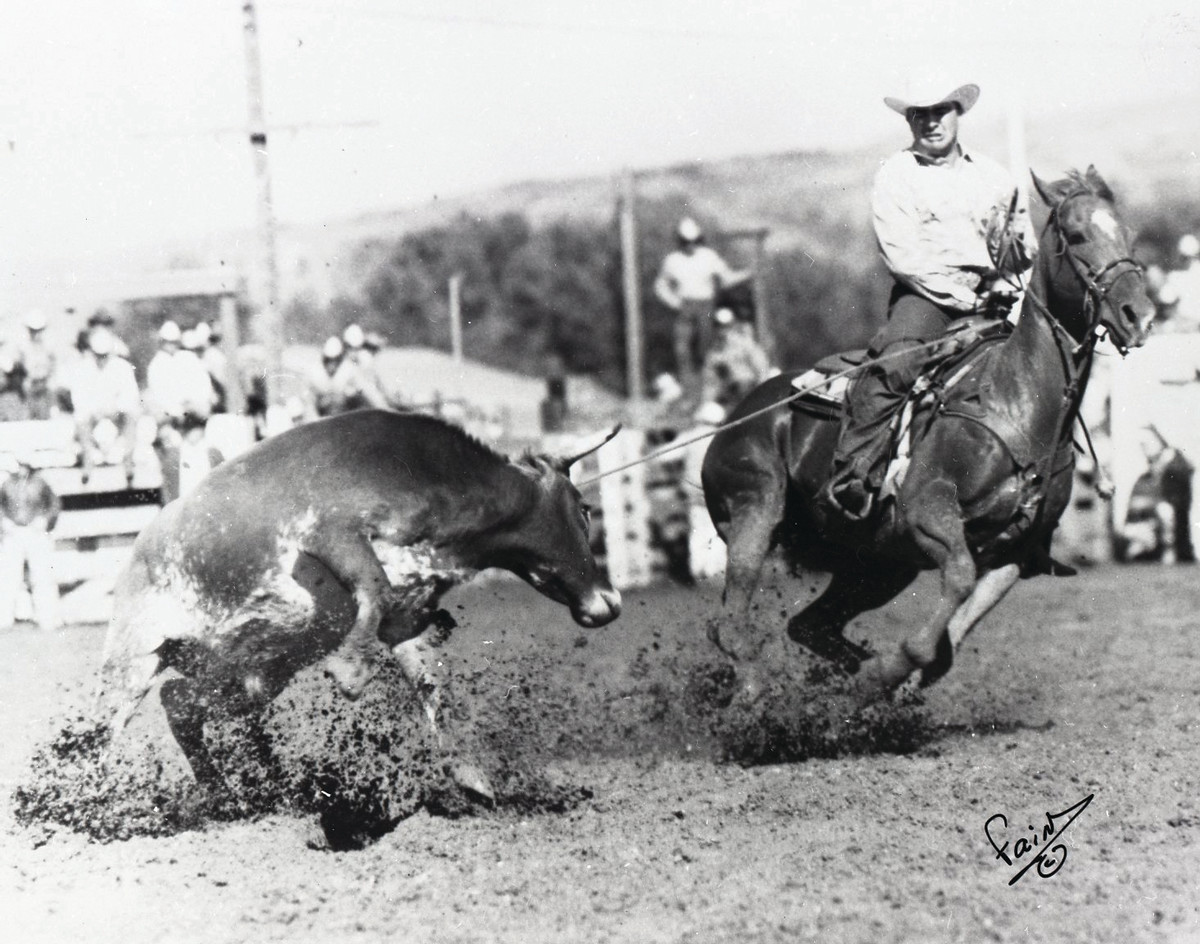
[SHOP: Products to Support the Next Generation of NFR Champions]
Justin Boots Men’s 11-Inch Bent Rail Riding Boot
Cinch Men’s Classic Fit Long Sleeve Button Shirt
Montana Silversmiths Dusky Wildflower Cuff Bracelet
(As an Amazon Associate, we earn from qualifying purchases made through affiliate links.)
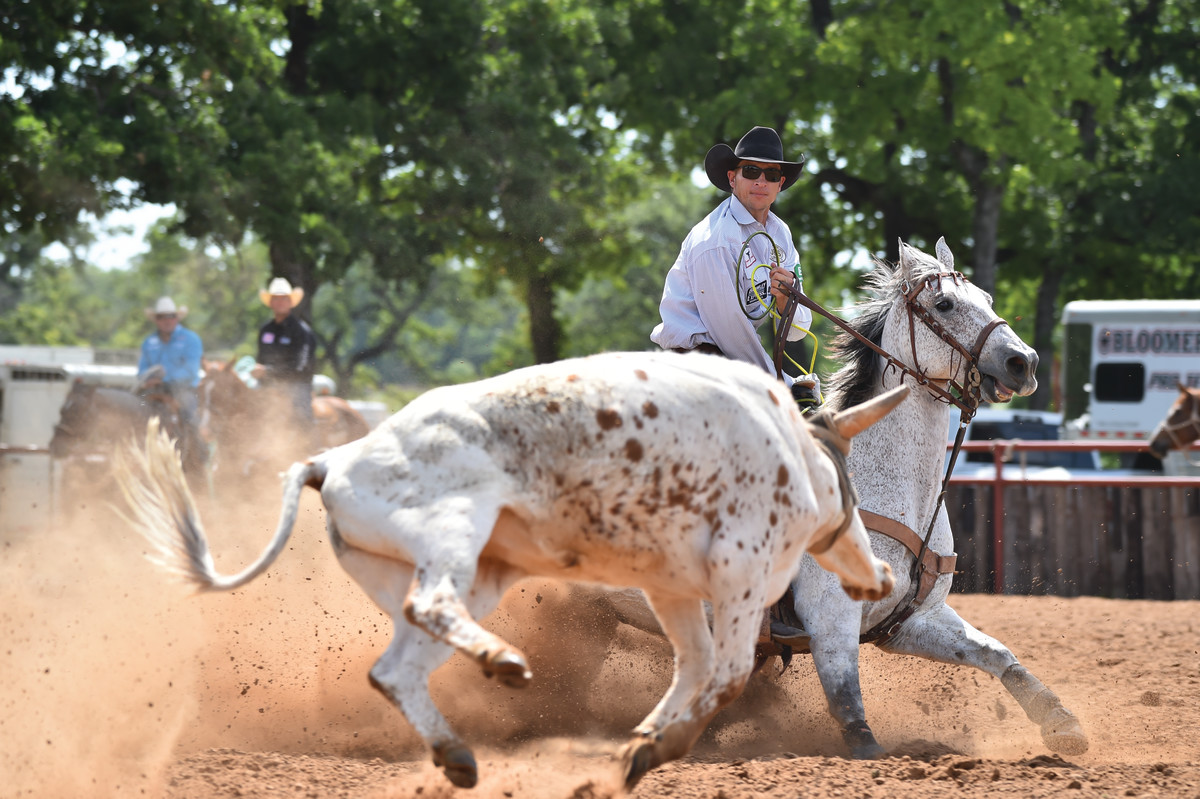
NFR header Brock Hanson, 37, is co-holder of the team roping world record.
At the pro level, a guy can get away with the smaller horses because an Open horse doesn’t have to pull very far. And if you’re roping behind the World Series score, a smaller horse with a shorter-coupled body has four to six inches more play in the barrier.
Old-timers will tell you that heavier-made horses last longer. But I’ve had just as many of those go crippled as I have smaller, finer-boned horses. If horses know how to take care of themselves, they do and if they don’t, they don’t. All the true superstars tear themselves up regardless of structure.
[SHOP: Brock Hanson’s Go-To Gear]
Fast Back Rope Mfg Co. Mach 3 Heel Rope
The good horses have gotten so scarce that if you find something you can win on, you better ride it regardless of size. I will say, though, that it seems like small horses try harder. That little sorrel that Nicky Northcott heels on? He came through Kaleb Driggers but, originally, Seth Jones had him and he was a runt. He didn’t weigh 700 pounds. But you can’t believe how incredible he is to head on.
READ: The Jackpot Move: Holding Up the Head Horse with Dustin Bird
Hall-of-Famer Tee Woolman, 65, won five NFR average titles and three gold buckles at 26 NFRs.
I think 15 hands is the perfect horse for me. They’re quicker and their stride is a little shorter. No bigger than the steers are anymore, you can get more use out of a little, quick athlete. People have bred most of the bone out of everything anyway. At 14.3 or 15 hands, I can head or heel on one.
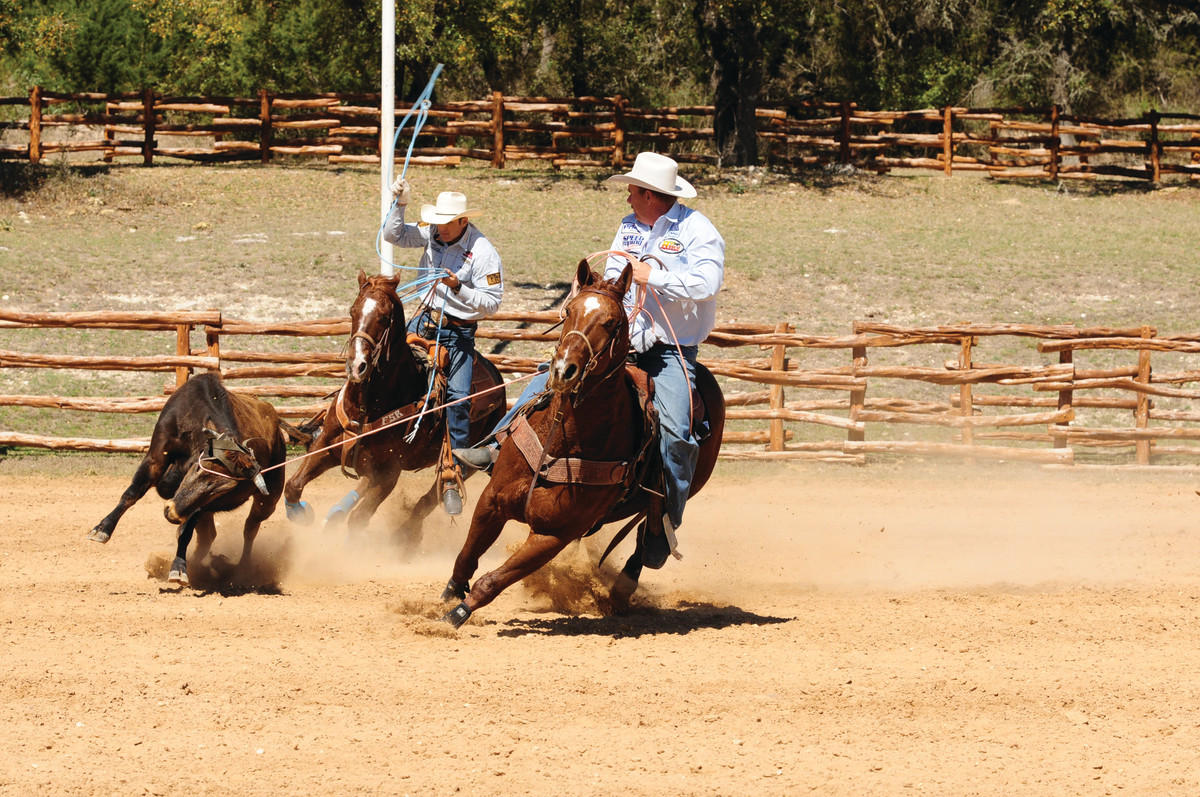
Hall-of-Fame header Speed Williams, 55, won a record eight gold buckles.
Long-strided doesn’t work real well coming back up a wall; it’s harder for them. Bigger horses have more weight pulling down on them as they pull back up that wall and turn around. There have been a few freaks. But most of the time, you want one compact and very athletic to be able to run, pull and face.
I’ve seen some good horses a little on the bigger side; I just didn’t have any. I tried to have five horses and put each in the situation where it could excel. It’s just like different cars for different dirt tracks or different golf clubs for different distances. It depends on the situation. I never tried to ride one horse everywhere.
There are excellent jackpot horses that stand 14.2 and some guys win a lot of jackpots on horses that are 16 hands. There’s no set deal where they have to be a certain size to be able to win. It’s their heart and their try.
[SHOP: Speed Williams’ Team Roping Essentials]
Top Hand Rope Company Chief Team Rope
READ: The Importance of Riding a Broke Horse You Can Control
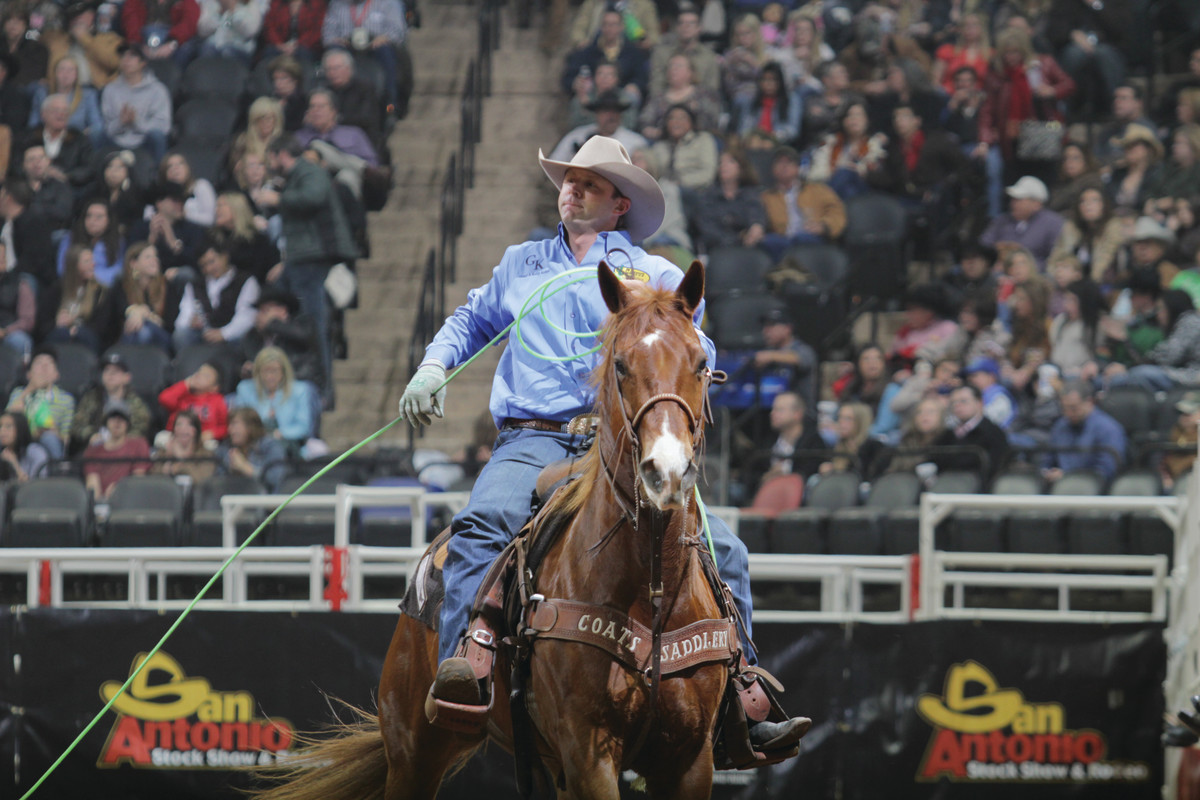
World champion header Nick Sartain, 43, roped at six NFRs and won the ’09 gold buckle.
I’m not so much worried about how big or little a horse is; I like one with a shorter back and a short stride. A horse with a big stride can run, but it’s hard to get them shut down and get them on their butt and get the steer moving. Also, a big long-strided horse means the steer will be long-handling and harder to heel and keep the feet.
You can’t ride one that’s tiny. But everyone seems to be going shorter-coupled and shorter-strided. On a World Series barrier, you back in on a big horse and the scoreline is right in front of you with only an inch or two to wiggle. On a shorter-coupled horse, you’re four or five inches away from that eye, which gives you a half-step of clutch room.
The only thing to watch out for, if a horse is too short-coupled, is that it can’t run fast enough. You want a happy medium in there.
[SHOP: Nick Sartains’ Team Roping Gear]
Hall-of-Fame header John Miller, 77, roped horns at two NFSRs and six NFRS in the 1960s and ’70s, winning an NFR average title and two gold buckles.
We had to make our money at the jackpots. And if the steers didn’t weigh 500 pounds, we thought they were too weak. When you’d jackpot on the weekend, you’d better have a horse big enough to stand the heat and the size of the cattle.
The horses I won the world on both weighed about 1,200 or 1,250. One was a sorrel, heavy-made, Gill-bred Pelican horse and the other gray Thoroughbred was 15.1 or 15.2 hands. They both were substantial enough to take the runs and had plenty of power when you needed it.
Rodriguez had a Gill-bred horse that was too big for me—on him you had to give those cattle another six to eight inches or you’d break the barrier.
READ: The Magic in the Move: Setting Up A Run For Your Heeler
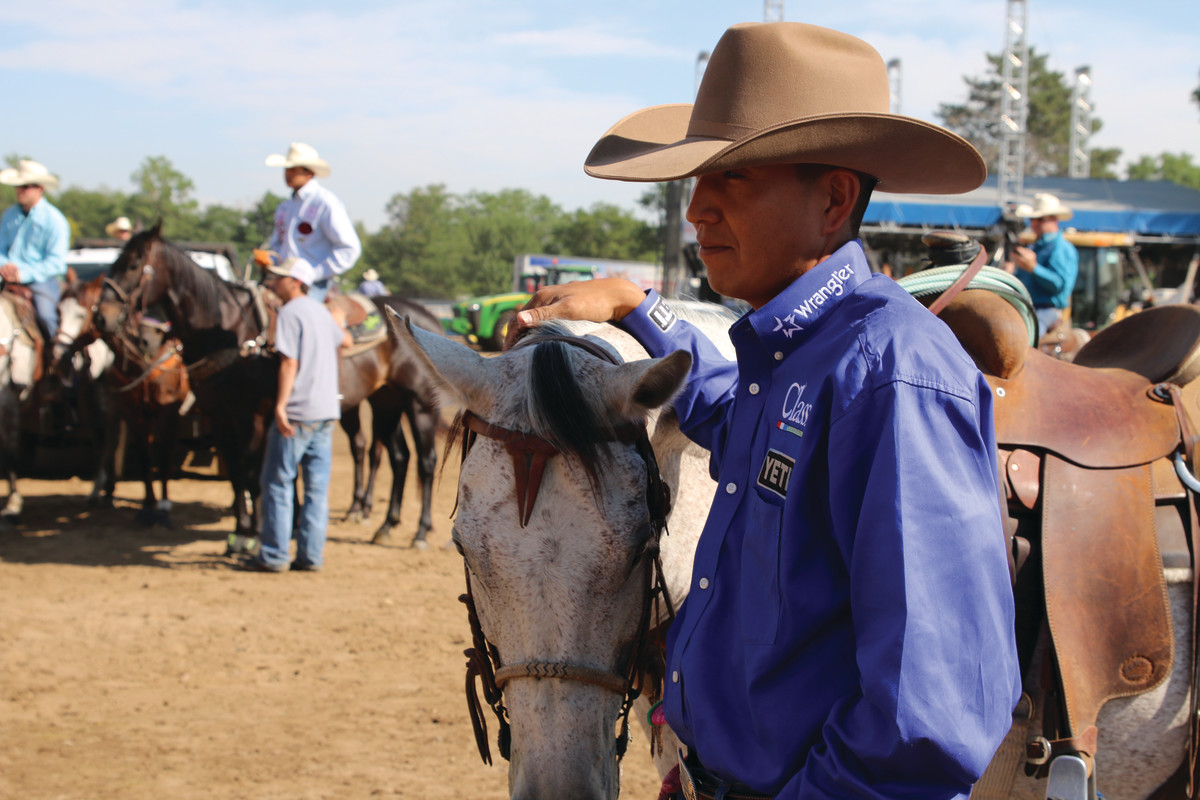
Derrick Begay, 38, headed eight times at the NFR and is a former INFR world all-around champ.
It seems like the bigger the horse, the longer the stride. A long-strided horse covers the ground a lot faster, but timing comes into play. Higher-numbered ropers can manage that kind of timing. Just depends on how you like your coffee.
It’s not size but stride length that makes the difference. Smaller horses seem faster-footed and have a little more go to them; they’ve got more moves. It’s easier to rope on faster-footed horses. There’s a happy medium right there. Ideally, you want more size but also the moves and a shorter stride.
[SHOP: Derrick Begay’s Team Roping Essentials]
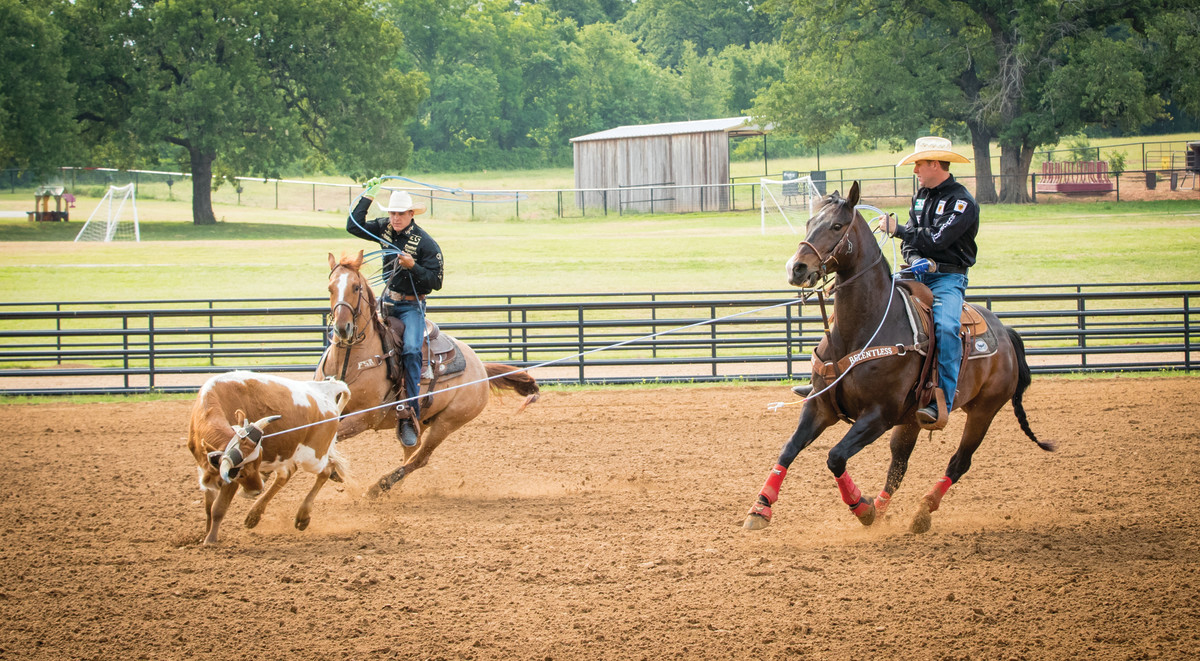
Reigning world steer roping champ Trevor Brazile, 45, won the 2008 NFR average title in heading and the 2010 gold buckle.
I like a head horse to stand about 15.1. A lot of guys prefer 15 hands, but I don’t mind bigger horses as long as they can move their feet fast. I’ve ridden slower-footed small horses. I think a bigger stride is more forgiving than a real short stride. Everyone wants a forgiving head horse, and they also want a quick, short-strided horse. That doesn’t work. Quick strides can speed up the tempo of your swing. I’m not saying I like one real long-strided, but longer can be really forgiving. If you reach a coil or two, it’s just smoother. They don’t try to beat you as fast.
[SHOP: Brazile’s Relentless Gear Line]
Relentless Future Head Rope by Cactus Ropes
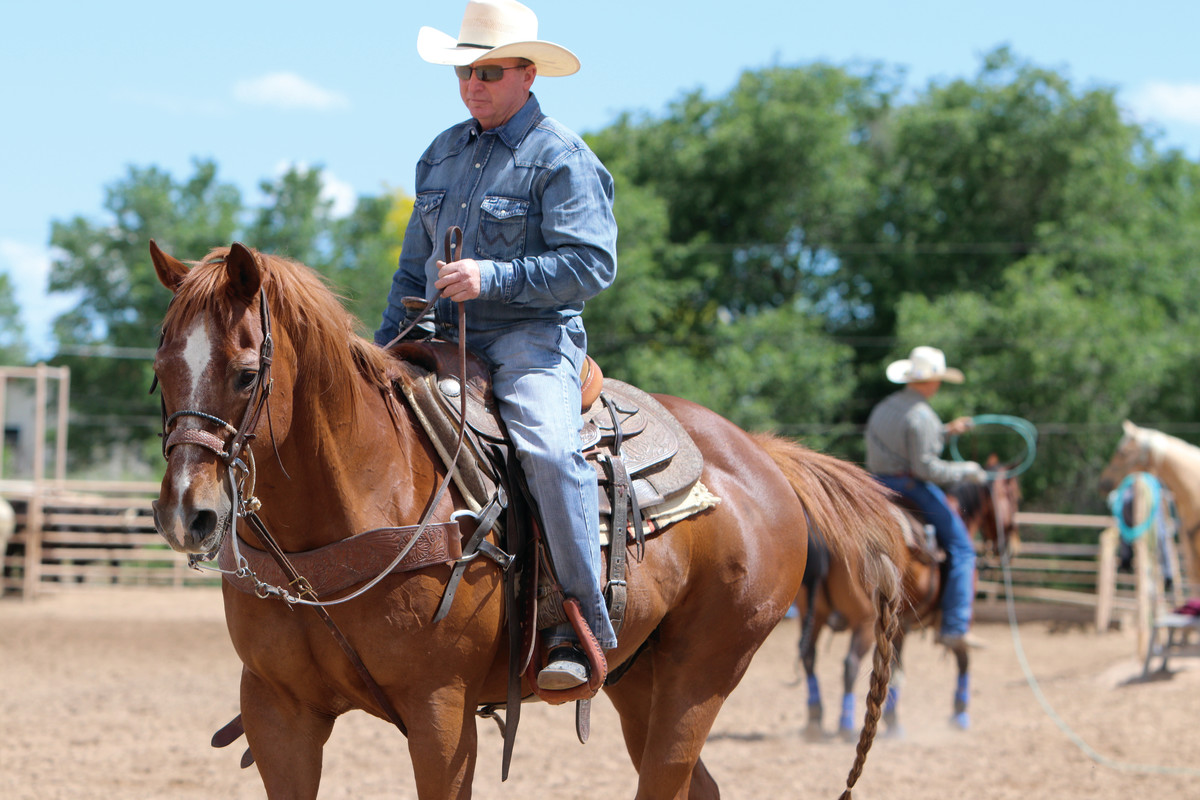
J.D. Yates, 61, headed at most of 21 NFRs and won the 2002 NFR average title before recently winning Head Horse of the BFI on a 14.2-hand gelding.
I have no preference on the size of my head horses. They’ve got to have heart and you’ve got to be able to win on them. That’s the size I like. Larry Bird wasn’t the most beautiful man, but he was the basketball playingest son of a buck I’ve ever seen. I don’t look at size or weight. I look at heart and ability and do they let you win. They’re my kind of horse.
[SHOP: J.D. Yates’ Roping Essentials]
RESISTOL Men’s USTRC Big Money Hat









